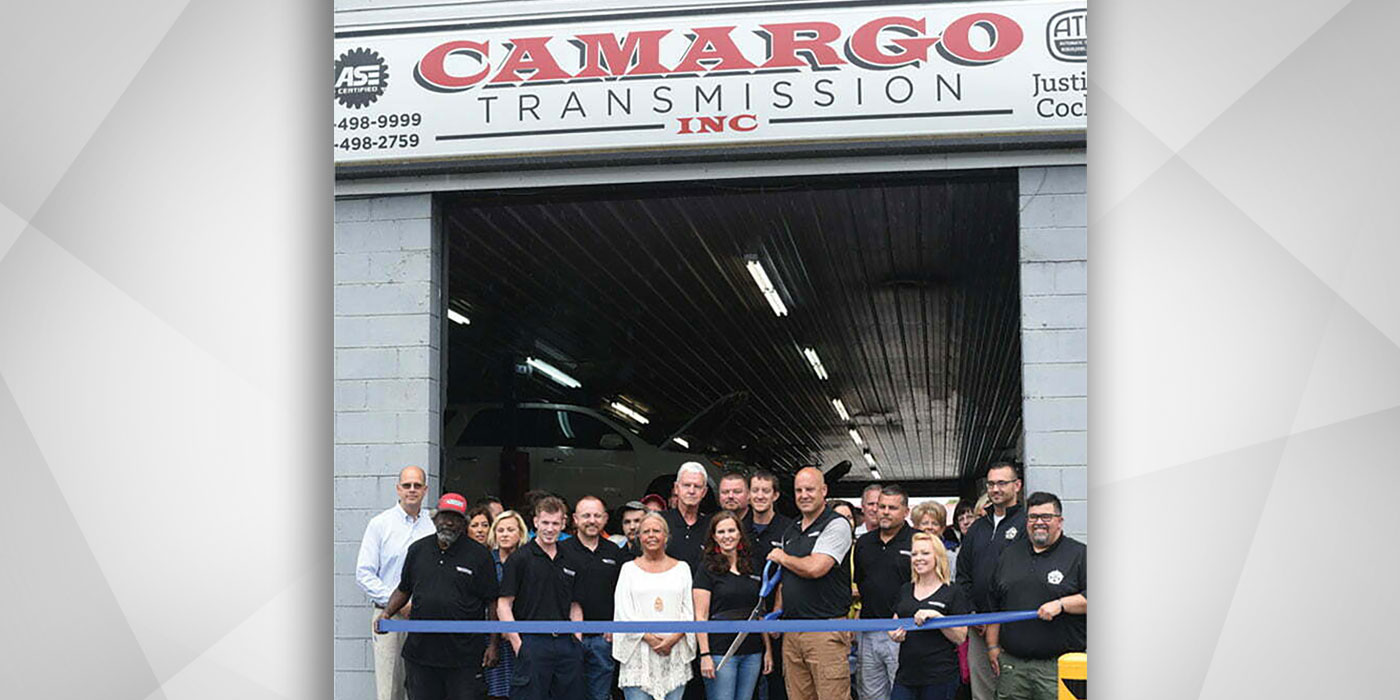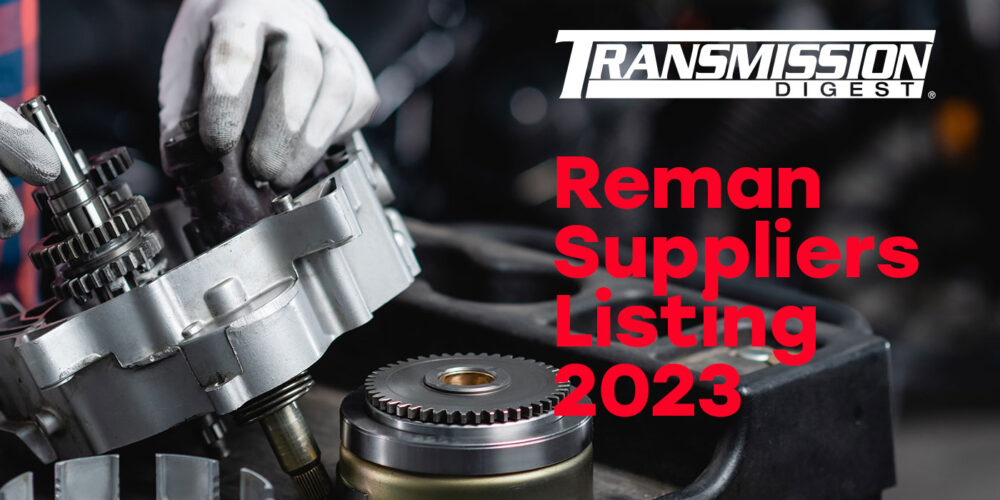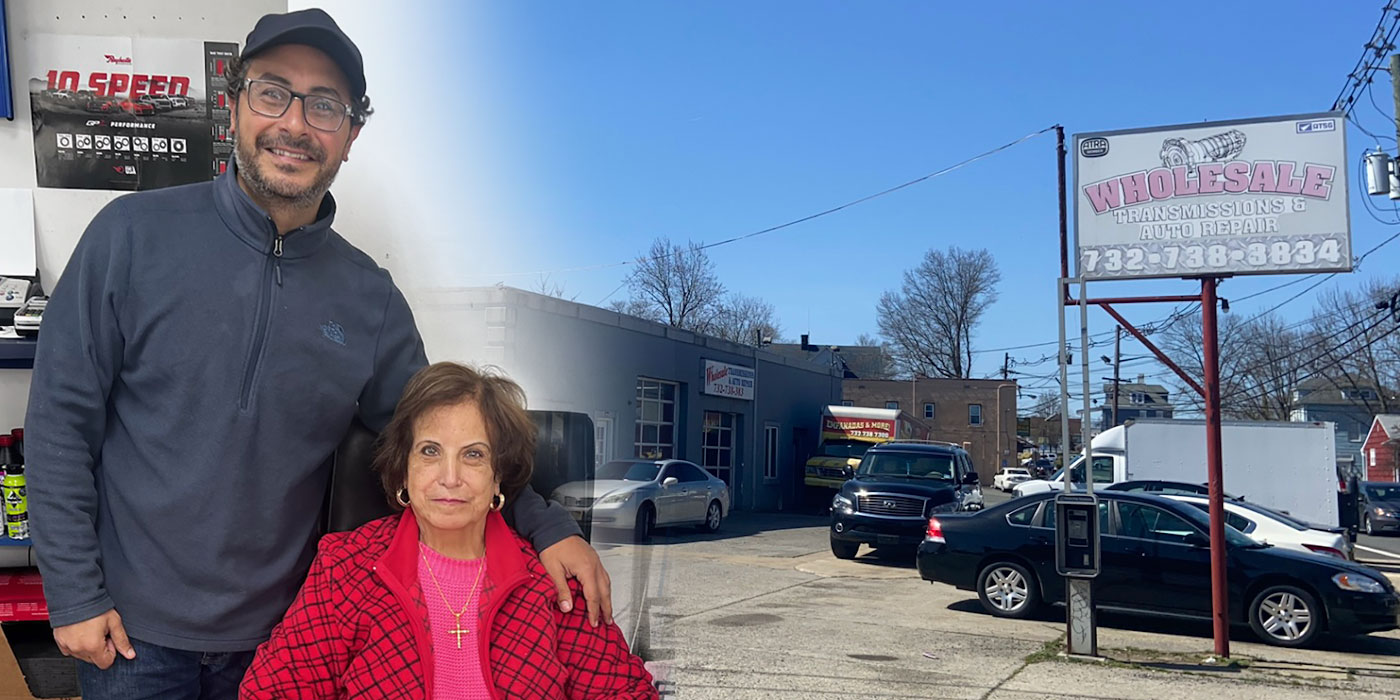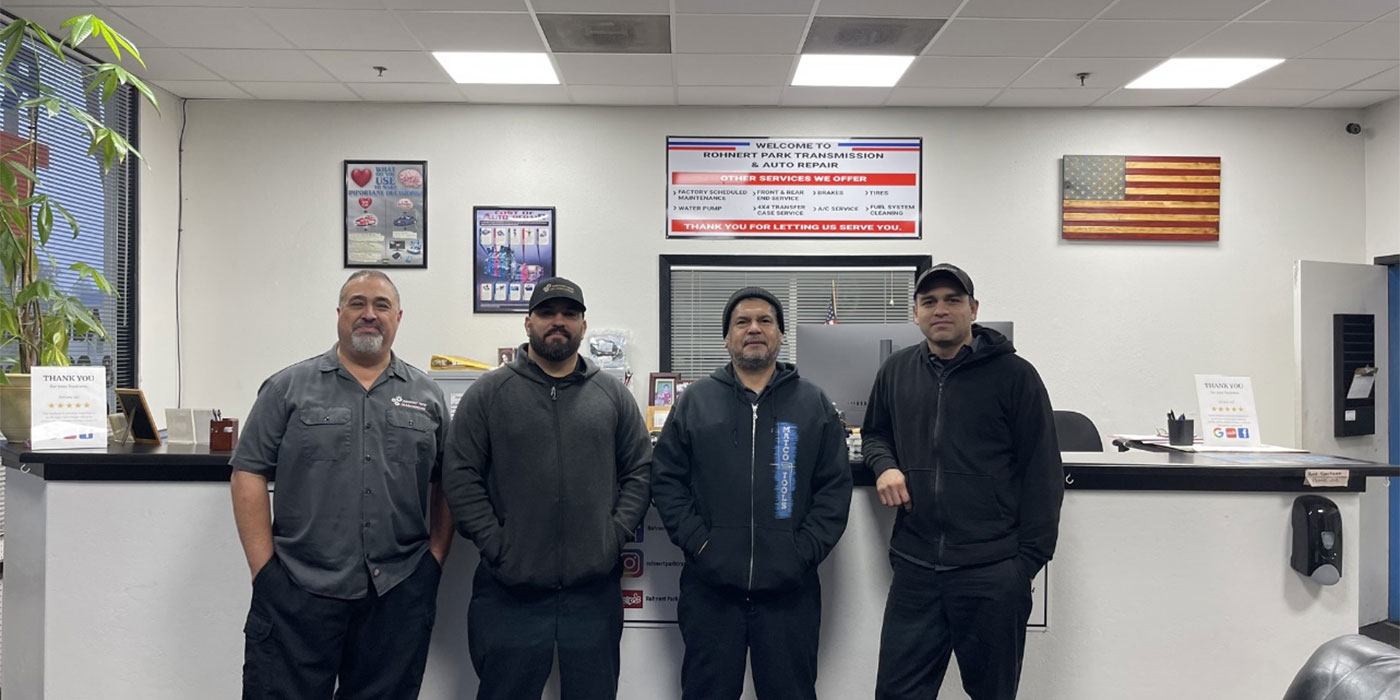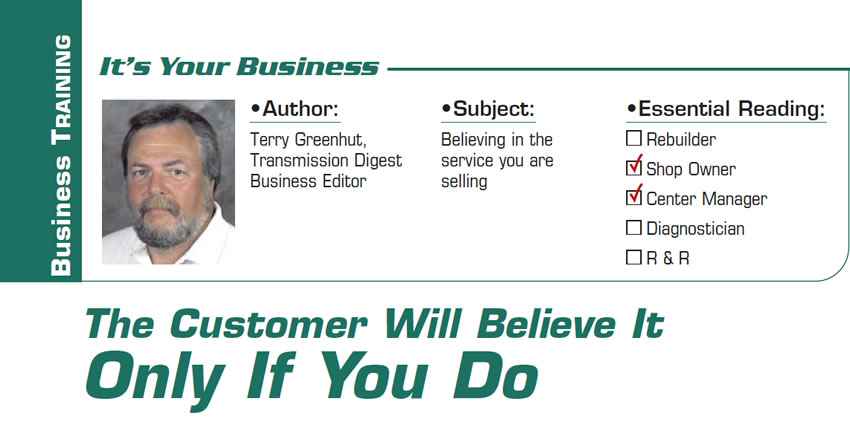
It’s Your Business
- Subject: Believing in the service you are selling
- Essential Reading: Shop Owner, Center Manager
- Author: Terry Greenhut, Transmission Digest Business Editor
When trying to sell a job of any kind you need to ask yourself whether you are totally convinced that the customer needs it and that the price you’ve placed on it is fair for both of you. Your odds of selling the job and at your price increase dramatically when you believe in what you’re selling, when you can be passionate about it and believe that the customer shouldn’t even try to leave without having it done.
A half-hearted attempt to make a sale leads to disbelief on the part of the customer: “Well, your brakes are pretty worn out. You may want to think about replacing them.” Does the customer need the brake job or not? If he does, tell him so. If not, tell him when he will. Being wishy-washy about it doesn’t do either side any good. The customer loses confidence and you don’t make sales.
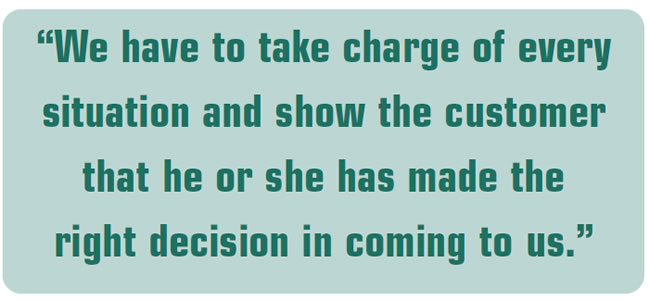
We need to always remember that the customer’s primary purpose in coming to us is to get our expert opinion and be led in the proper direction. Having established that we can then go on to diagnose and fix the problem. We are the professionals so we have to act like it. We have to take charge of every situation and show the customer that he or she has made the right decision in coming to us. A weak presentation will result in customers leaving to go find a shop with a service adviser who will lead them through the entire process with conviction and authority.
Why wouldn’t you go all out in trying to close a sale? Why wouldn’t you give it everything you’ve got? There are a number of reasons that come to mind, but you need to be prepared to work through them when they seem to get in the way:
- 1) It’s a first-time customer and you don’t want him to think that you are out to sell him the whole farm. You’ve decided that you want to sell a smaller job first to impress the customer with your honesty, thinking that will bring him back. That’s fine if he does come back, but what if he doesn’t? What if he had preferred having everything done while he was at the shop the first time? Being forced to give up valuable time to return over and over turns off a lot of busy people. Then, too, what if the repair or service you didn’t sell when you had the chance leads to a breakdown – an even bigger inconvenience? How good do your diagnostic skills and your honesty look to the customer now? Does he just view them as incompetence?
- 2) You’ve already disqualified the customer in your mind. You’ve decided that this customer won’t spend the kind of money you want him to without even giving him a fair chance to say no to the repairs and services he really needs. In other words, you haven’t given him the opportunity to buy. Do that and you’ve broken several of the commandments of selling.
- 3) The car is such a “rat” you don’t even want to get involved with it, thinking it’s got to be a nightmare waiting to unfold; something that can’t make but only lose you money.
- 4) The car is too expensive or exotic. You’re afraid of hurting it or not being able to get parts in a timely manner so that you will have to keep it for several days, increasing its chance of being damaged.
- 5) You’ve had more than one bad experience with this type of car or transmission and don’t want to take another chance on this one.
- 6) You don’t have certain tools or diagnostic equipment you might need to work on this type of car and don’t believe they would be worth buying just for this oddball situation.
- 7) You’re not 100% sure he needs the job done or that you are about to do the right job so you feel more comfortable telling him to drive it till it gets worse. They don’t like that answer. They translate it into, “He doesn’t know what he’s doing.”
- 8) You’ve decided you don’t like this customer and don’t want to do business with her. This could be for a variety of reasons:
- a. You might be turned off by the customer telling you about the lower prices she’s already been quoted (real or not).
- b. The customer is telling you how to fix the car and how much to charge for it, and you hate that.
- c. The customer already said she doesn’t want to spend much. Who does? Nobody in their right mind wants to spend a dime more than necessary to have a car fixed; would you? So when they say they don’t want to spend much you can turn around and say, “I don’t want to see you do that either, so I’m going to do my best for you.” That phrase builds the trust. Then proceed to sell exactly what the customer needs at the price you need to get.
- d. He reminds you of your brother-in-law whom you can’t stand, the one who owes you $10,000 and has never made an effort to pay you. (Just kidding, or am I?)
Although it is your shop and you have every right not to deal with any customer who really turns you off, don’t chase too many of them away. It can be habit forming, and you might find that you don’t have all that many left.

You need to develop a tolerance for all different types of people. They will try your patience and sometimes make you wonder why you didn’t take that job as a park ranger sitting on top of a mountain somewhere all by yourself, but you have to work past it. The customer has the money and the broken car. You have the solution to his problem. All you want to do is trade one for the other.
None of that is to say that you should do business with everybody, because not everybody is your customer. Some will never let you make any money from them. Others will give you such a hard time and create so much turmoil that no matter what they pay it won’t be enough to compensate for the grief they cause. The problem is that we are not clairvoyant. We won’t know what we’re up against with customers until they show their hand. In the beginning we have to deal with everyone as though they will be good, cooperative customers until they prove otherwise.
We should know by now that we can’t disqualify potential customers on the basis of how they look or dress, how old or beat up the car is, or even on their saying they don’t have money or don’t want to spend very much, if anything, on the car.
We have to give them the chance to prove they are not worthy of our excellent service before kicking them to the curb. The only way to do that is to try very hard to sell the job despite all obstacles. If you use your best objection-handling techniques on them and there is no way to get them to say yes to a price that is going to allow your shop to make some money or get them to agree to let you do the job the way you know is right, then it is indeed time to disqualify them and get them out of your space so you can move on to customers who will go along with your recommendations and pay the proper amount. Wasting any more time on a customer who isn’t qualified does nothing but cut into the productive time you could be spending with others.
One of my golf buddies told me the other day that his mechanic said he needed a motor mount in his 2007 Buick Lucerne with only 58,000 miles on it. I asked whether he went ahead and had it fixed. He said he believed he had to because the mechanic rather strongly stated that he needed it to avoid the possibility of other damage, leading him to believe he really had to have it done right away and immediately give his OK.
I asked him, “If the mechanic had said you might want to think about changing that mount, would you have gone ahead with it?”
“Probably not,” was his reply. “I would have taken that to mean I had time to think about it, but the way he said it left me with no doubt that it had to be done now.”
Notice that the mechanic never threatened that anything bad was imminent but at the same time made it very clear that it should be fixed now – just the right amount of assertive action. When it came to price he simply told my friend that he would need an hour plus the part, so the job would run just about $200. Plain and simple, just the way sales should be made.
So don’t be afraid to tell the customer what’s needed. Remember that the firmer you are without getting to the point of being obnoxious, the more likely they are to believe you and say “yes.”
In these challenging times Terry wants everyone to have a copy of his 450-page book, “How to Market and Sell Automotive and Transmission Service and Repair.” For only $98.32 you will receive two copies of the industry textbook that will teach you all the techniques necessary to make profitable sales and retain your customers for future business. Keep one and give the other to an employee, a competitor or perhaps that account you’ve been trying to land or thank for their business. As a bonus (free of charge) you will also receive Terry’s “$ales Help Screens” computer software to use as a training aid or when you need instant answers to your customer’s toughest price objections (may not be compatible with the new 64-bit computers running Windows 7). Ordering will also make you eligible to buy additional copies of the book at only $49.16 each. Please call 914-882-3003 or visit www.TerryGreenhut.com to order any of Terry’s training materials or take your 20-question self- and business-evaluation test. Although no one can see the results but you, it’s a real eye opener.
A half-hearted attempt to make a sale leads to disbelief on the part of the customer.
We have to take charge of every situation and show the customer that he or she has made the right decision in coming to us.

Terry Greenhut, Transmission Digest Business Editor. Visit www.terrygreenhut.com.




